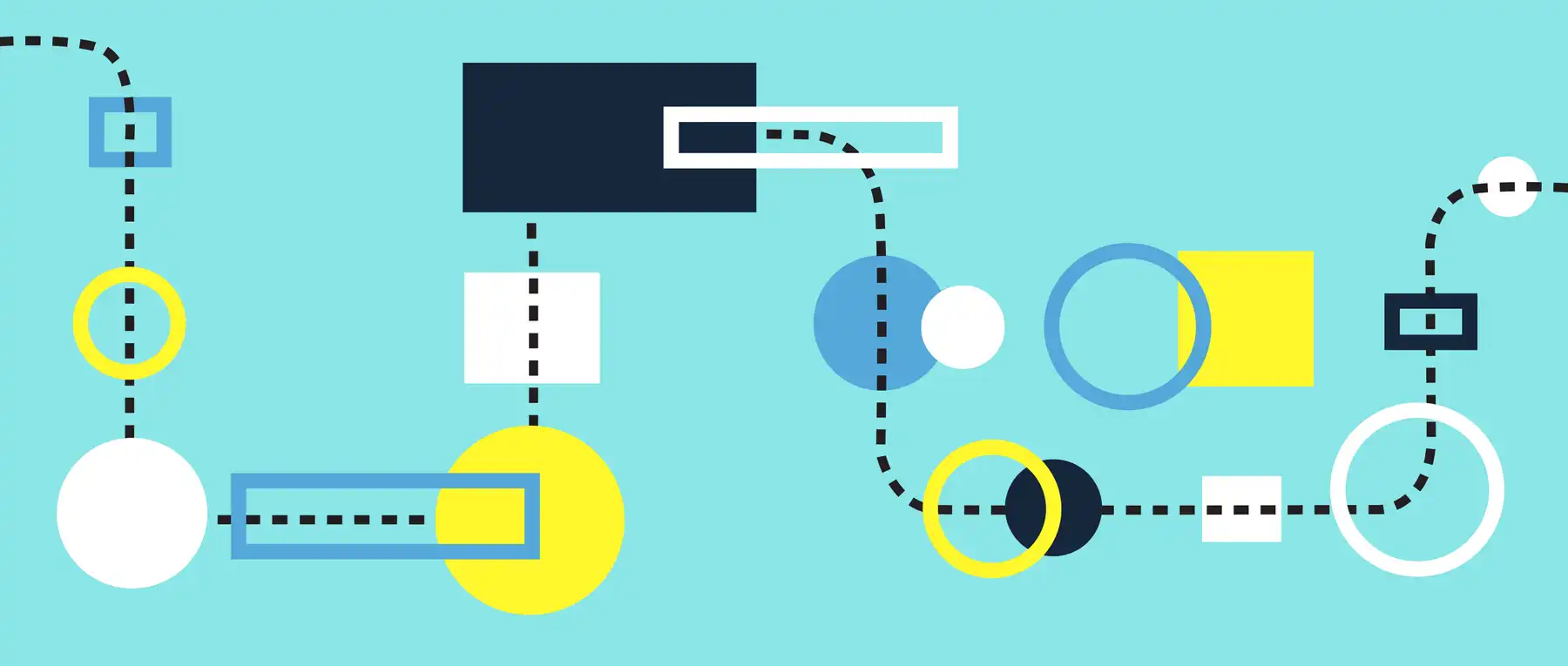
We’re going on a diversity and inclusion adventure
At the start, I would have said we were going on a trip. I thought we had a clear destination, and we just needed to work out the most direct path to get there. But it turns out the path to becoming a more diverse and inclusive workplace wasn’t as straightforward as we expected.
I’m a ‘lets make a decision and make things happen’ kind of person. But I quickly came to the realisation that in this situation, this approach wasn’t going to work. Before making any decisions, we needed to better understand why we were making them.
I’m just one person in Springload’s Diversity and Inclusion Circle — a space for people passionate about D&I to discuss ways to embed and advance those values within our agency. Together we discovered we needed to make specific and tangible changes to:
- attract a diverse pool of candidates to apply for our job adverts
- make everyone who visits and works here feel welcome
- expand our company culture to be truly inclusive.
Challenging our own assumptions
The Circle brainstormed ways we could make a difference at Springload, and looked at our existing policy documentation.
We started making lots of suggestions and felt excited by the progress we thought we were making, until someone (a human-centred designer, naturally) posed these questions:
- Are we looking at solutions for people just like us?
- What if other people in this organisation don’t know or care about diversity and inclusion?
Wide-eyed, we realised we were relying heavily on 2 key assumptions:
- People at Springload had the same understanding of diversity and inclusion as the Circle, and as each other.
- People at Springload cared about diversity and inclusion, and were happy to invest time and energy into advancing it.
Finding a definition of diversity and inclusion
Think about what diversity and inclusion means to you — I bet you’ve got a slightly different definition to your friends, colleagues or family.
We began discussing our own definitions of diversity, and of inclusion, and what they meant to us individually and collectively. We were surprised to find there was a lot of variation in our own definitions. Even within the Circle there wasn’t a cohesive, shared understanding.
We agreed to do some research and come back with proposals and definitions to discuss. We read blogs, had discussions in forums on Slack, and ingested scholarly articles. We then talked to mentors and friends about their experiences, took notes from leading practitioners, and looked at data analysis and recommendations.
Inspiration from a surprising place
All the information we sifted through was helpful in providing context and guidance. But the guidance we valued most came from an unexpected place: the Government Communications Security Bureau (GCSB). I know — you don’t expect top secret organisations to be at the forefront of this sort of topic!
And yet, GCSB’s Diversity and Inclusion Strategy is a model of its type. It’s thorough, well thought-out, purposeful, and backed by statistics. It also provides these excellent definitions of diversity and of an inclusive culture:
Diversity is about our individual differences and acknowledging the unique blend of knowledge, skills and perspectives people bring to the workplace. Diversity can include characteristics such as cultural background and ethnicity, age, gender identity, disability, sexual orientation, religious beliefs, language and education. Diversity also includes professional skills, working style, location, and life experiences.
GCSB
An inclusive culture is one where everyone feels valued and respected and is able to fully contribute. It is about removing barriers to make sure everyone can fully participate in the workplace and have equal access to opportunities. Inclusion is about empowering people to contribute their skills and perspectives for the benefit of organisational performance and business outcomes.
GCSB
As a Circle, we believe these definitions embody what we’re all about. But we’re not just leaving it there.
Finding direction through everyone’s input
To better articulate our shared definition of diversity and inclusion, we sent a survey to everyone at Springload asking:
- if they agreed with these definitions
- if this topic mattered to them
- if there was anything we do or don’t do that isn’t aligned with these definitions.
We decided not to make any more plans until we’d had a chance to sort through and understand all of the feedback. But now that the survey results are in, and we've had a chance to analyse them, we feel like we’re on the right track.
Springloaders confirmed that they care deeply about these topics, and gave us some great suggestions for where we should go next. If anything's clear, there’s still a lot more work ahead of us.
Be open to a journey, not a destination
To summarise, we tried to create a trip itinerary, but realised we’d jumped ahead instead to a destination. Through being open and navigating ambiguity, we’ve gone down a different path to the one we expected — but definitely a better path.
If you’re interested in trying a similar adventure at your workplace, you’re welcome to try these steps (1–3 are optional):
- Decide your intent.
- Make plans for a better future.
- Realise your enthusiasm may have given you blind spots.
- Decide your intent (again).
- Make better informed plans for a more diverse and inclusive future.
- Take everyone on the journey with you.
In the meantime, we’re going to continue on our own diversity and inclusivity adventure.
Get in touch
Let’s make the things that matter, better.
Email: hello@springload.co.nz
Phone: +64 4 801 8205